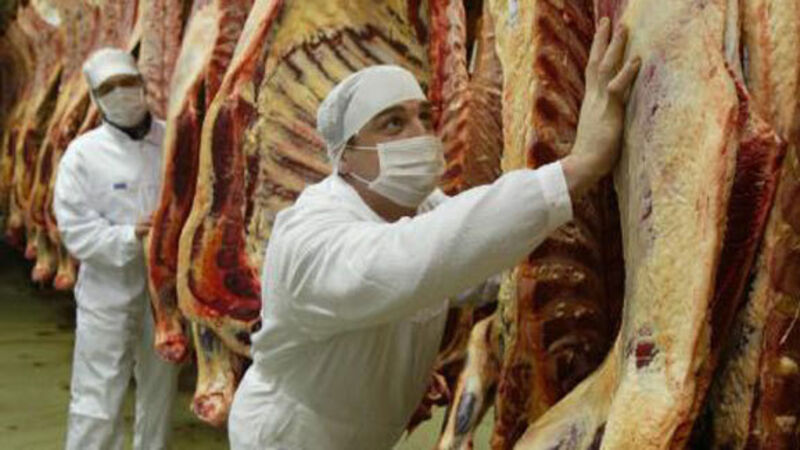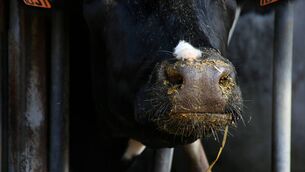Irish researchers highlight potential of ‘waste’ blood

In 2001, it was estimated that only 30% of blood produced in slaughterhouses was used as food ingredient, mainly in black pudding and related products, according to Sarah Lynch, Anne Maria Mullen, and Carlos Alvarez Garcia of the Teagasc Food Research Centre, Food Quality and Sensory Science, Ashtown, Dublin, and Eileen O’Neill of the Department of Food and Nutritional Sciences, University College Cork.
They say use of blood in the food industry has increased, but there are no data to confirm this.
According to their research paper, ‘A Review of the State of the Art in Blood Processing’, blood is generated in very large volumes as a by-product in slaughterhouses all around the world.
It has exceptional nutritive value and functional properties, but is under-utilised.
It falls within a low-risk category from the human health point of view.
“Until now, the potential of food by-products to create new opportunities and markets has been underestimated,” said the researchers.
“Blood is one of these underutilised materials; it has been identified as a key source of extractable high-value molecules for applications in sectors such as the food, biomedical, and pharmaceutical industries.
"While some of the products will use whole blood, many applications require some degree of processing that ranges from separation of blood into fractions through isolation of individual proteins,” said the researchers.
Multiple new technologies have been developed in recent years aimed at recovering purified proteins from blood.”
Blood has high protein content (though deficient in the methionine and isoleucine essential amino acids).
It is a rich source of iron, in a more easily absorbed form than non-organic iron from plants or ferrous salts commonly used in fortification of foods.
Blood protein can be used as a source of high-quality proteins for both animal feed and human consumption.
Cattle yield 12 to 15 litres of blood each, with 11.4kg to 14.5kg collectable within 60 to 120 seconds.
Pig bleeding yields 3 litres, with 2.7kg collected in 30 to 40 seconds.
Blood to be rendered or used for compost is collected following less stringent hygienic requirements, often using an open-drain system.
However, when blood is intended for food, research, or pharmaceutical purposes, it is important to collect it in a more careful and hygienic way, not exposed to air.
It is important to chill blood as soon as possible to minimise microbial growth
From a microbiological point of view, blood used in liquid form as an ingredient has to be heat-treated.









